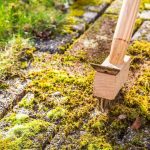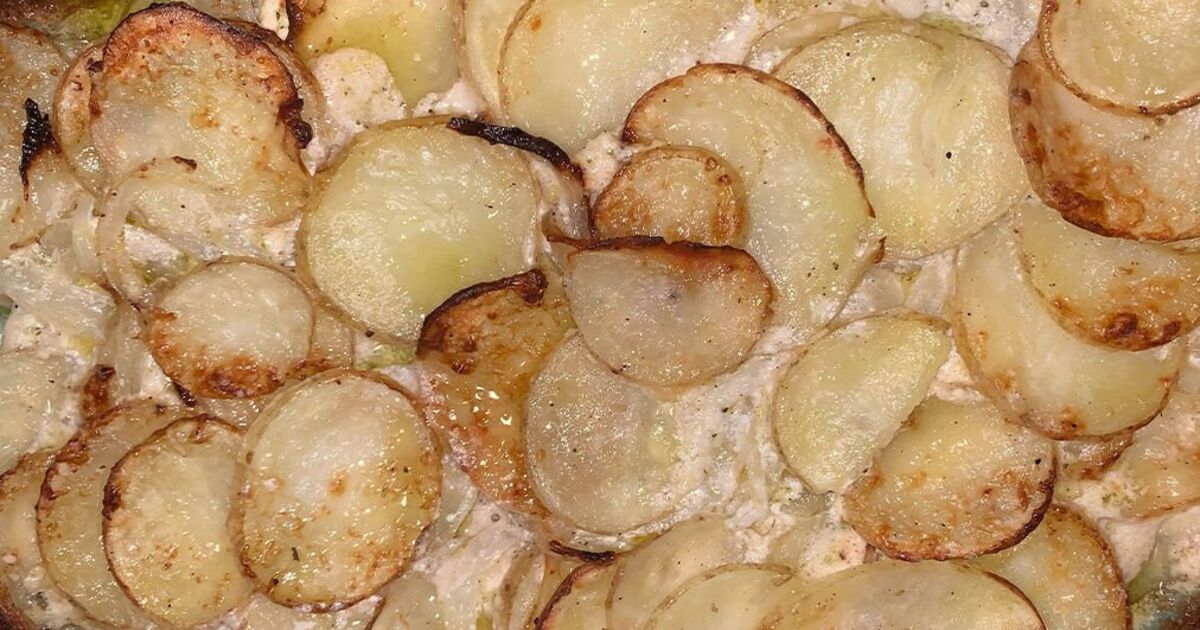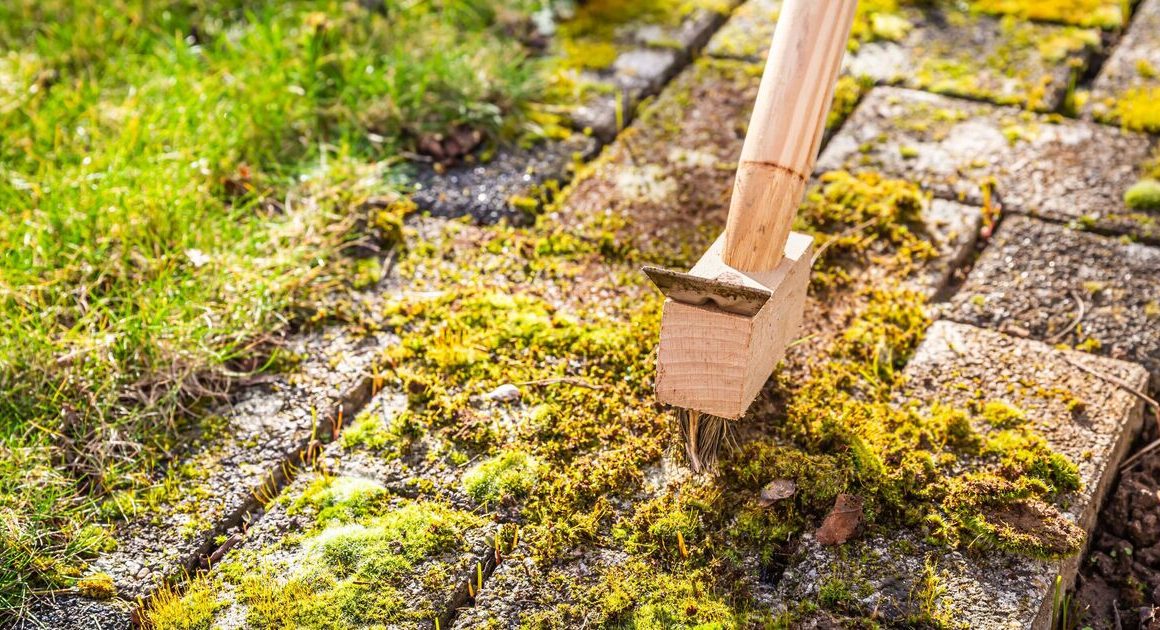Dauphinoise potatoes are a staple of French cuisine and a dish that has become rooted in British home cooking. The delicious creamy concoction of potatoes, cream, parmesan, herbs and spices makes something you can’t help but crave more of.
The one problem with this delectable recipe is that it seems hard to replicate, that is without the help of an accessible and quick formula. Jamie Oliver promises just that on his website, where I came across his “easy dauphinoise potatoes”.
He suggests that the posh spuds don’t need to be “a labour of love”, claiming that his “easy version” makes them possible in just half an hour.
Readied with Jamie’s with a 10-ingredient recipe, I headed to the shops to pick up everything I could need for dauphinoise potatoes.
But nothing prepared me for the humbling experience that would follow while making the tasty dish.
Jamie Oliver’s dauphinoise potatoes recipe
Ingredients
One onion
1kg Maris Piper potatoes
One whole nutmeg, for grating (I used ground nutmeg and it was fine)
Two cloves of garlic (unpeeled)
300ml tub of single cream
75g Parmesan cheese
Two fresh bay leaves
Olive oil
Half a bunch of fresh rosemary, thyme or sage (I didn’t bother adding this)
Four anchovies on oil (optional)
Method
Preparation is key for this recipe so I started by setting the oven to 200C (400F/gas 6). Next up was some meticulous chopping of the potatoes which I first washed and dried.
The standout feature of dauphinoise is no secret (very thinly sliced potatoes), but they take a good few minutes to prepare. With no mandolin in sight and clumsy tendencies in the kitchen, I painstakingly sliced the potatoes into paper-thin rounds.
When done, I peeled the onion and sliced it into rounds, allowing the segments to naturally fall apart into slices. Next up, I sourced one large cooking dish and loaded up the potatoes into the dish. There’s no need to arrange them nicely and Jamie’s recipe has a more rough and ready approach than some which I found much quicker.
I then tipped the potatoes into the lightly oiled dish and seasoned them generously with salt and pepper along with a sprinkling of ground nutmeg. Next, I added in the whole, crushed garlic cloves with the skin intact.
Following this, I poured in the cream and added the bay leaves and two tablespoons of olive oil before grating over most of the Parmesan cheese. The bay leaves followed before I used clean hands to mix everything. It was at this point I quickly realised the dish was too small and sourced a second one to carry half the mixture.
The next step is where the recipe got confusing. Jamie’s instructions stated: “…put the tray over medium heat. Pour in 300ml of boiling kettle water, cover tightly with tin foil and leave on the heat for five minutes.” Following this step exactly, I split the water equally between the two dishes then set one of them over medium heat on the hob.
Within seconds I heard a crack and discovered my supposedly heatproof (but not flame-proof) dish had cracked down the middle. I decided to improvise the recipe at this point by quickly moving the contents of the cracked dish to a new one and placing it in the oven (along with the second, smaller dish).
I left them to cook for 45 minutes before they were eventually crispy and golden brown on top (15 minutes more than Jamie suggested). The results were impressive in flavour; nicely spiced and creamy with a hint of garlic and the sweetness of the Parmesan came through. However, the recipe was not quite as quick as I had hoped, though worth a try for more kitchen-savvy dauphinoise fans.











